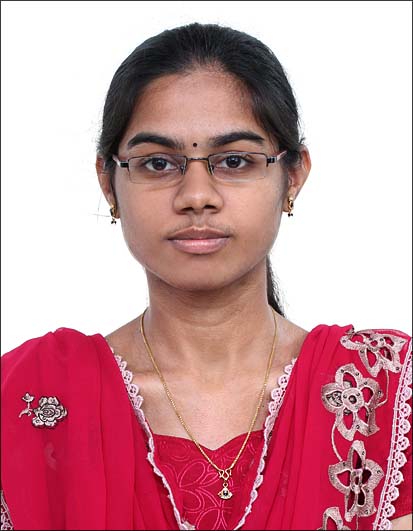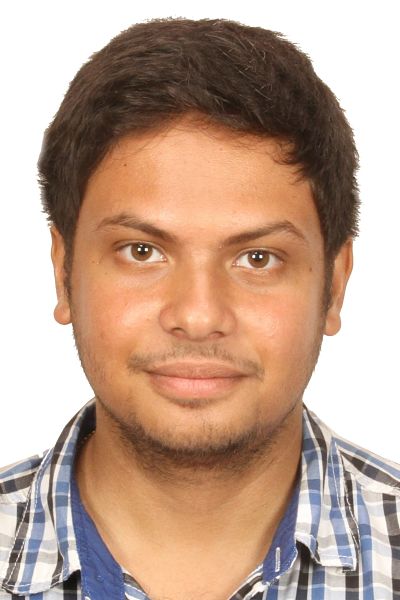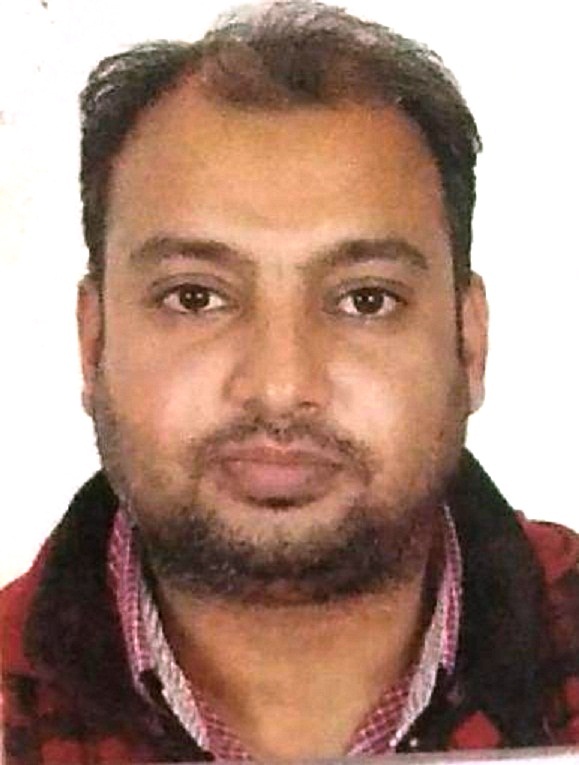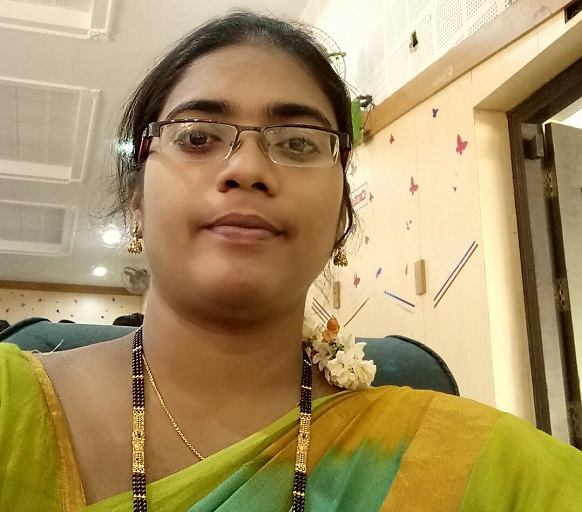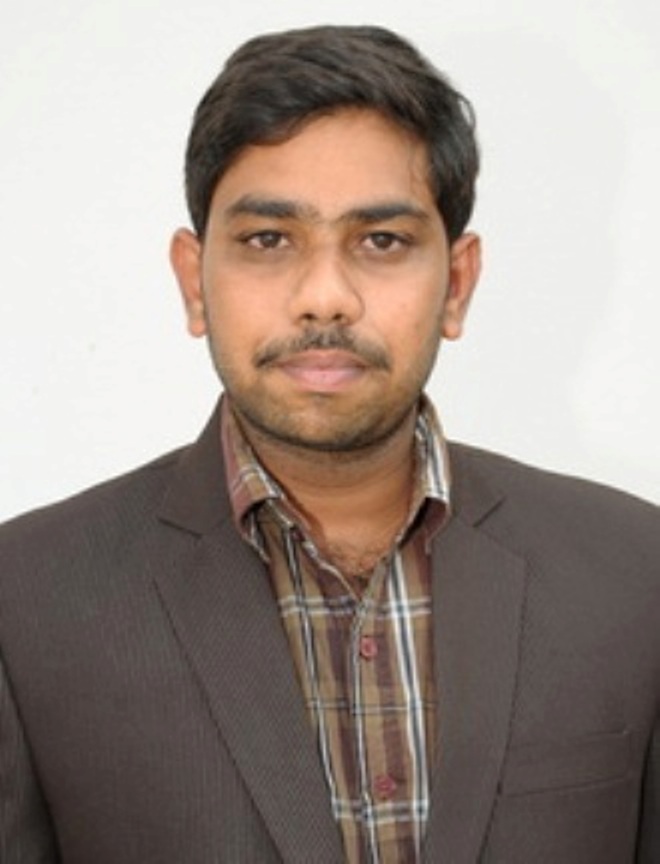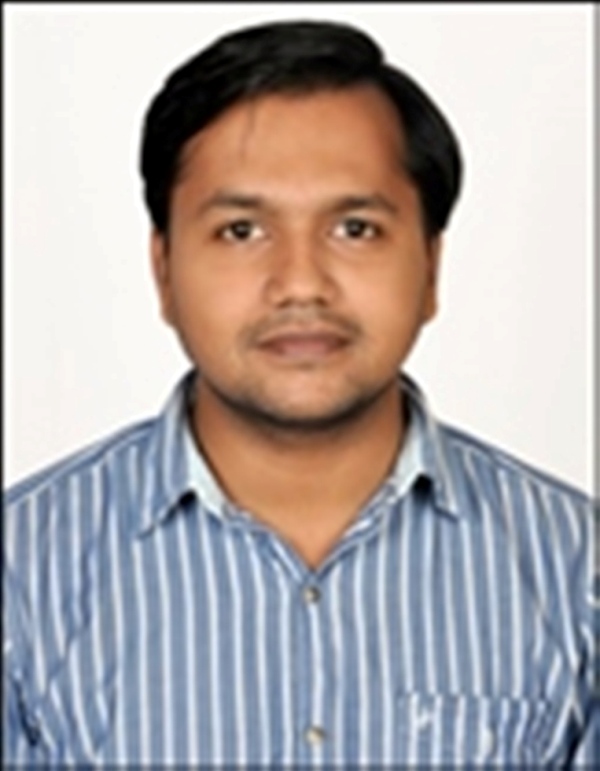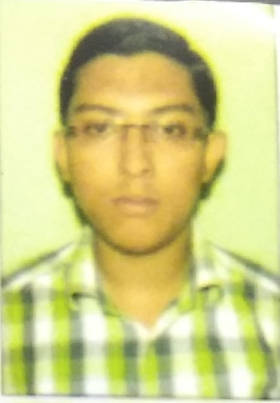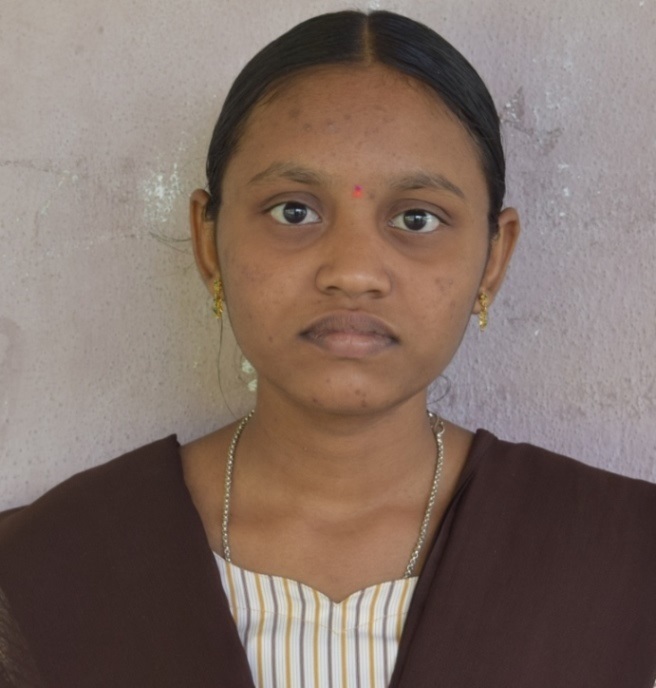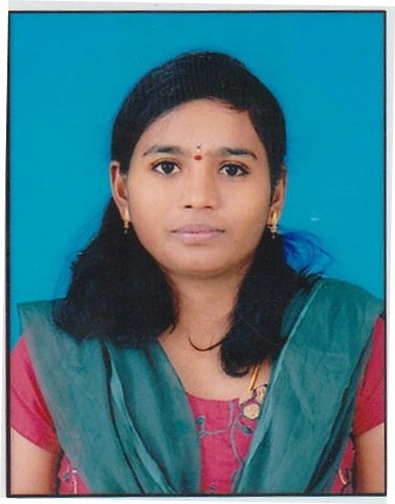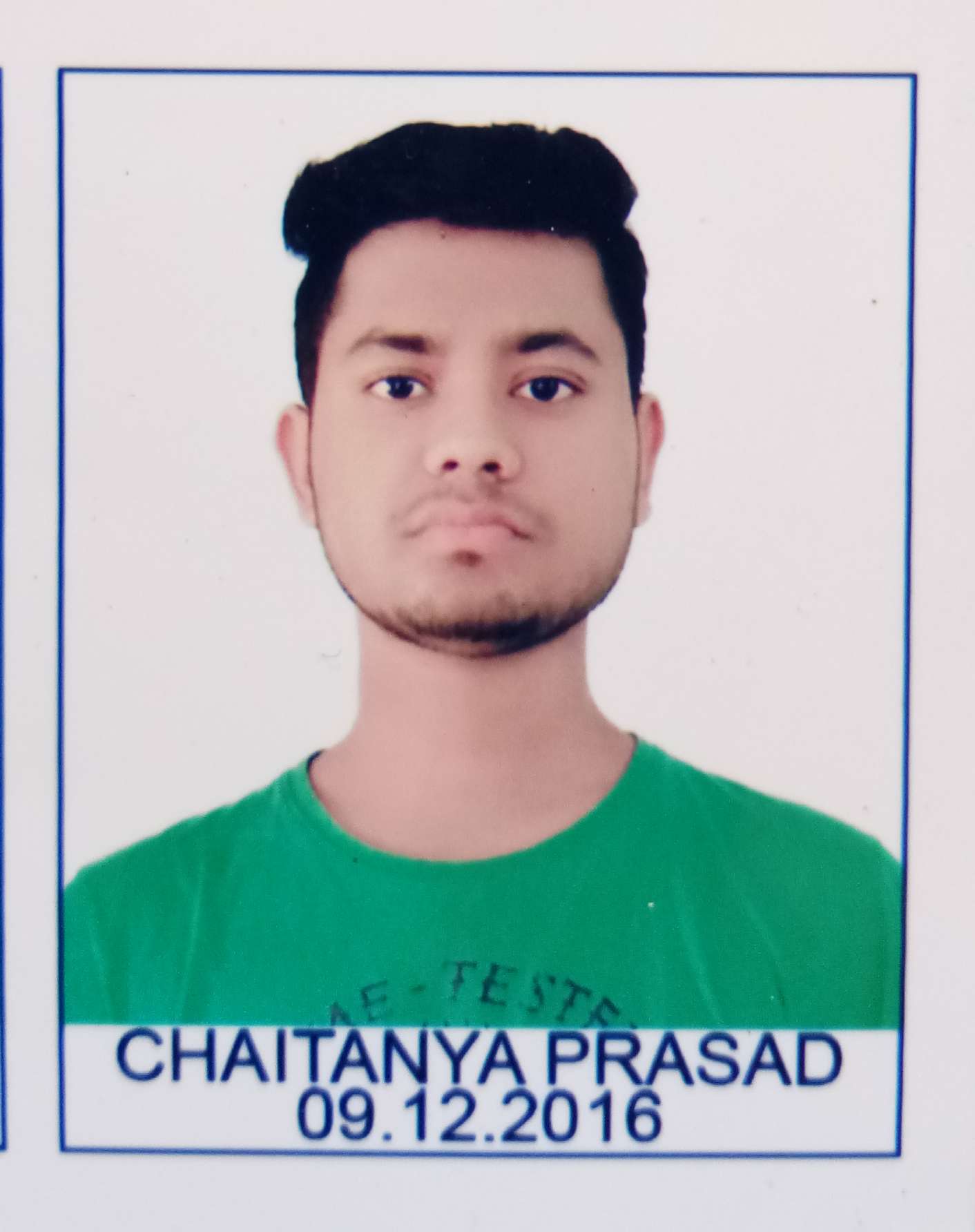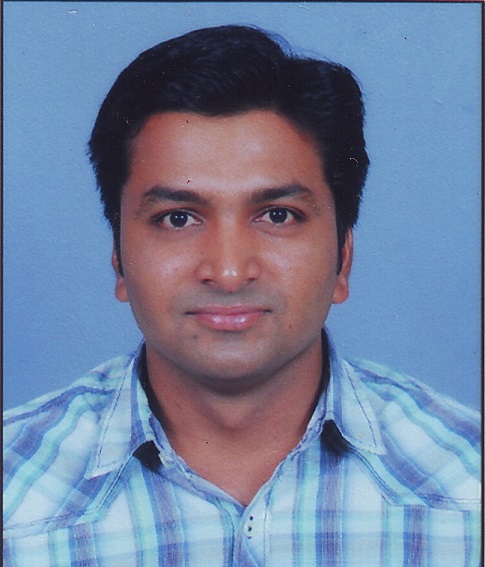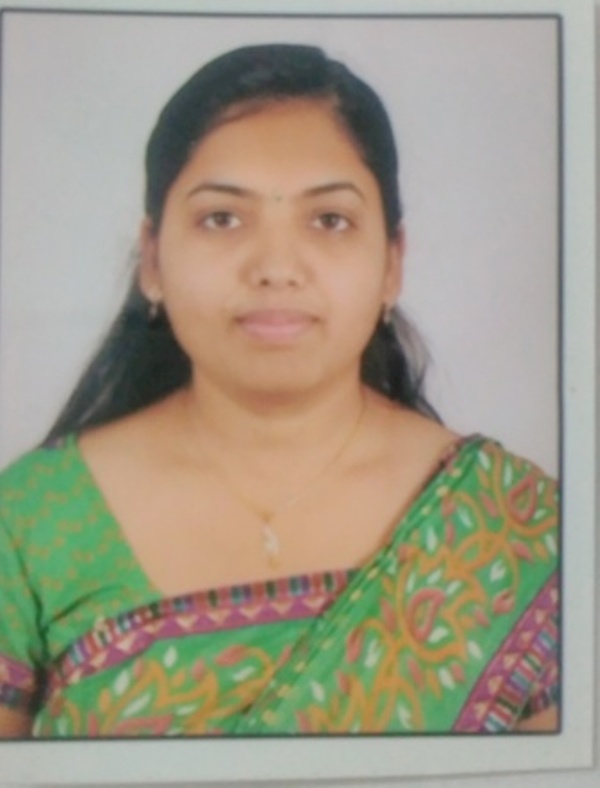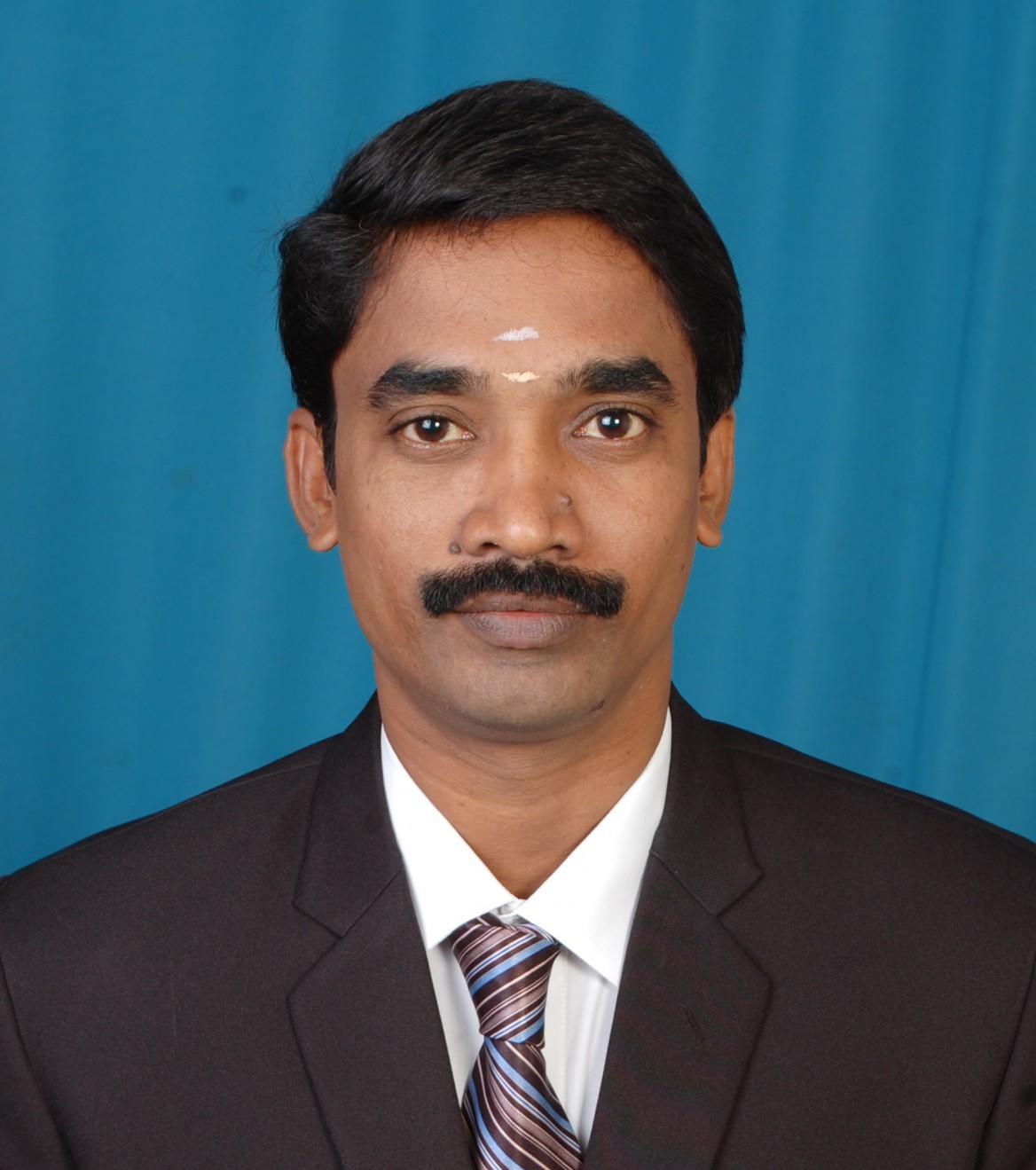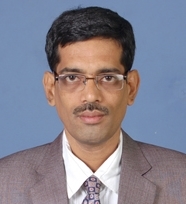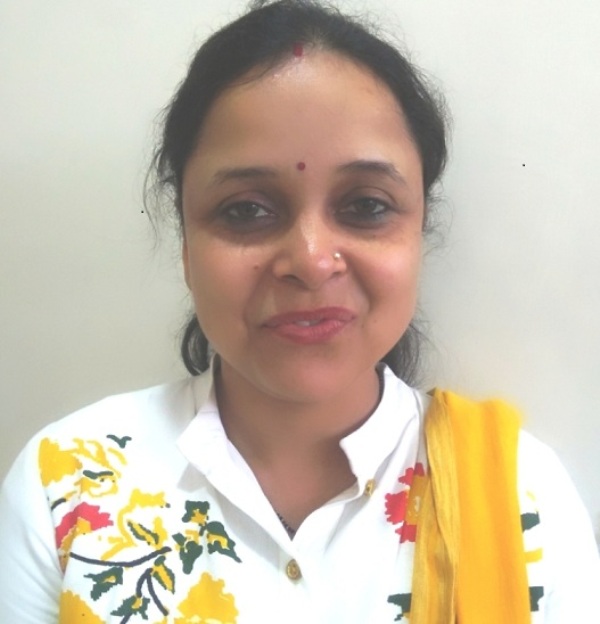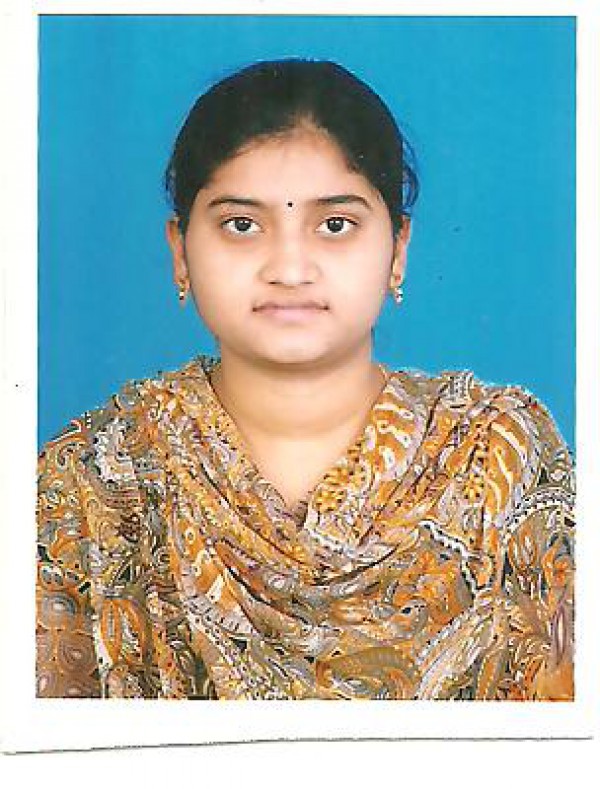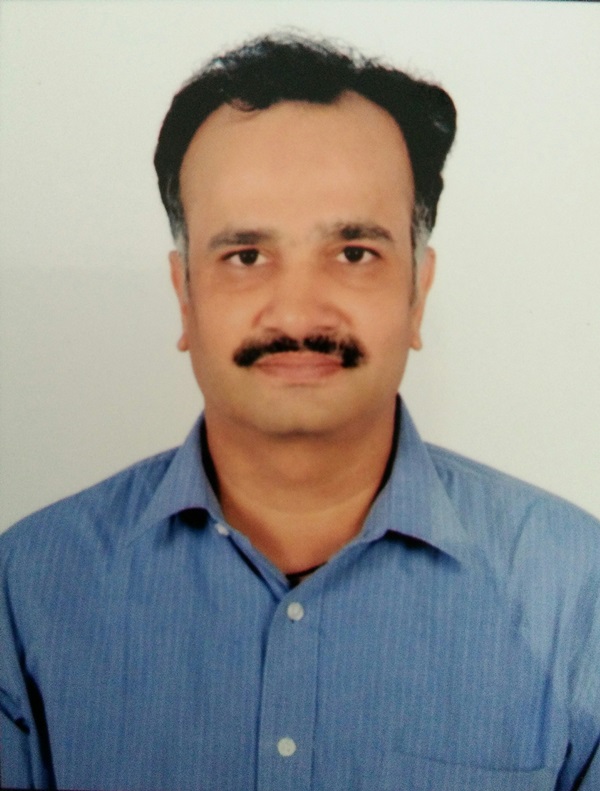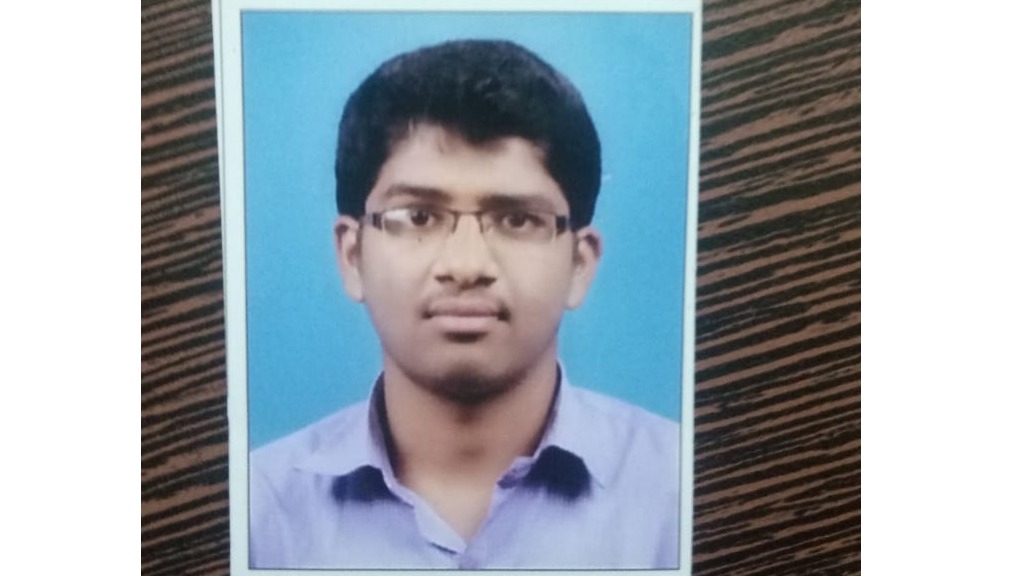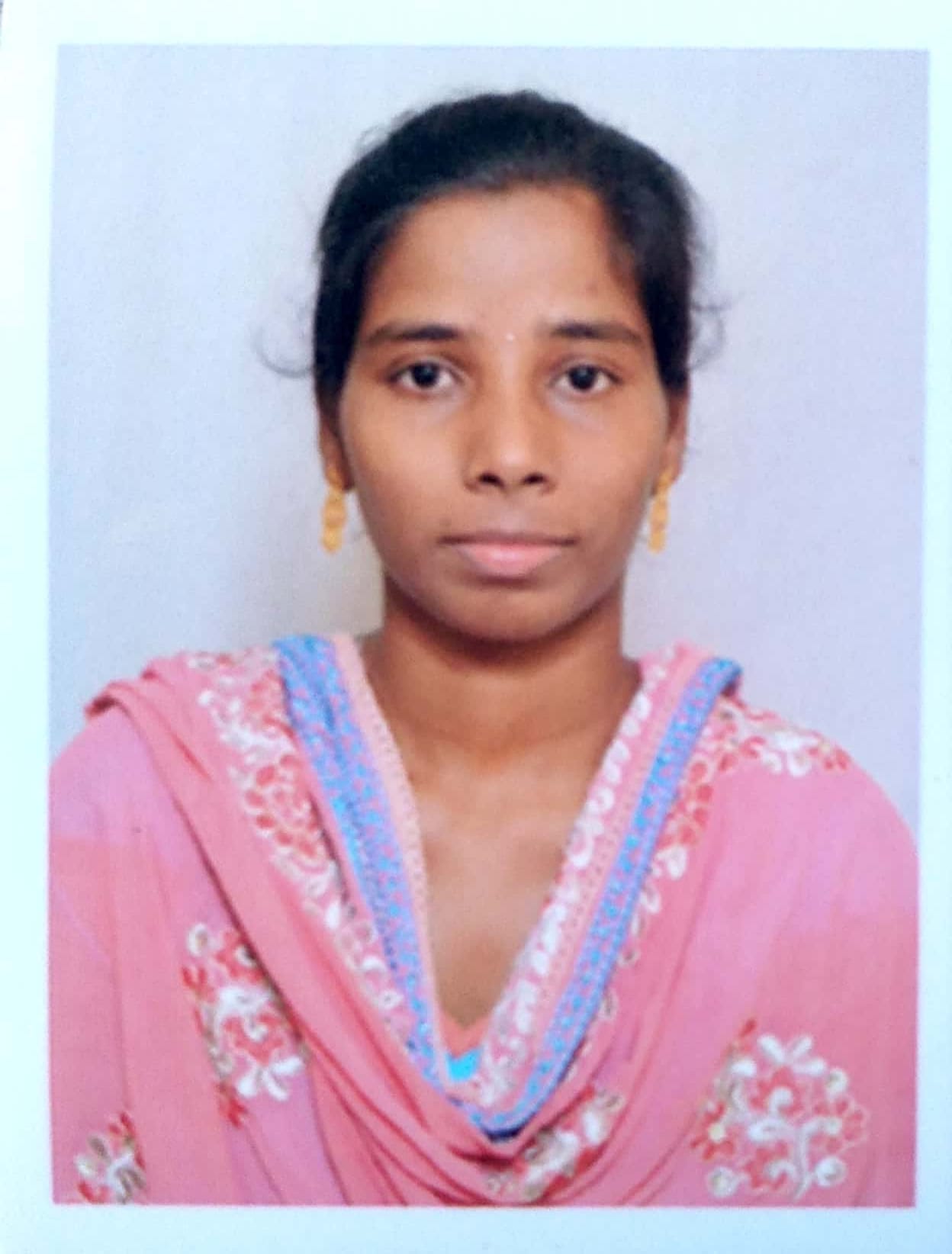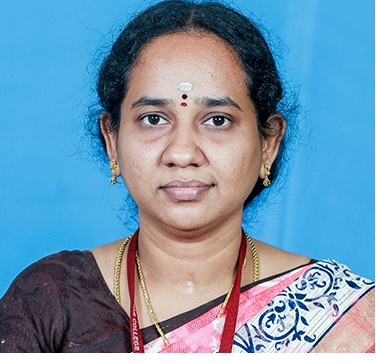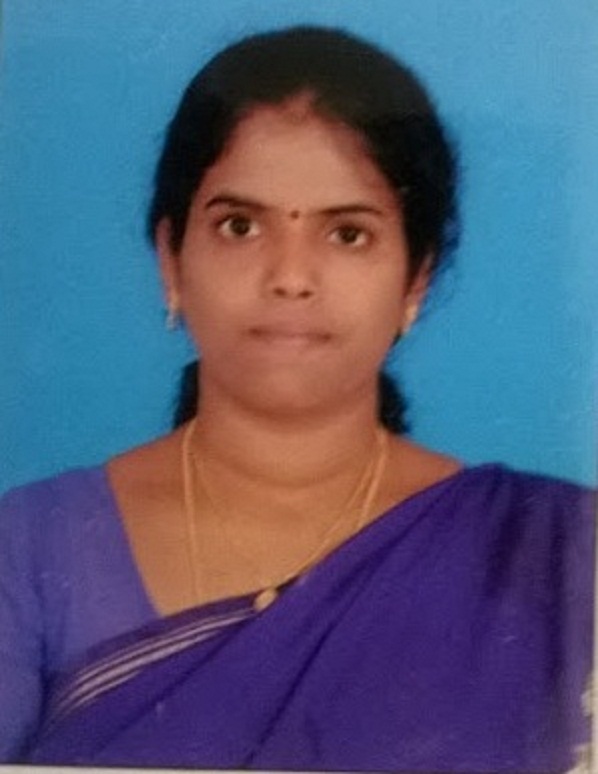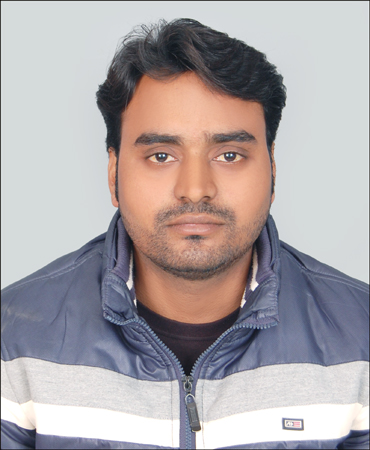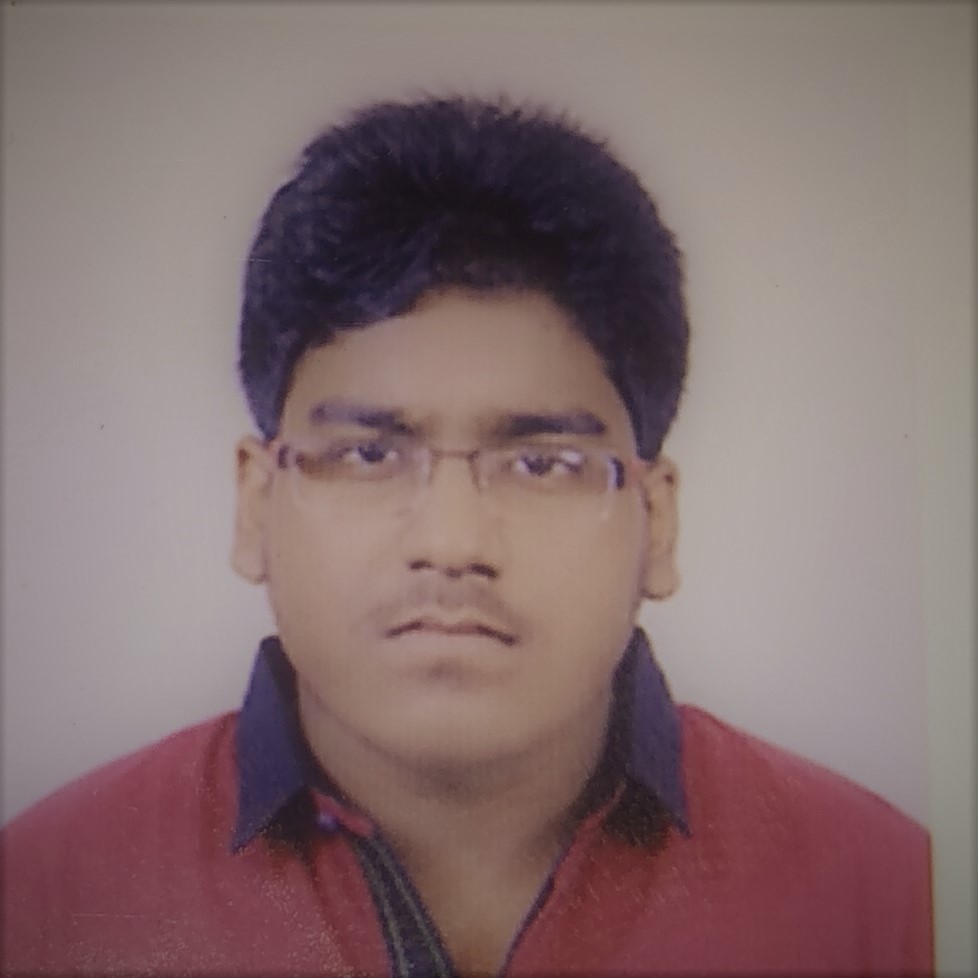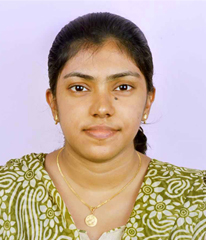Course abstract
There is a flux of terms in recent times that starts with the word ‘digital’. Examples are digital camera, digital watch, digital weighing machine, digital signature, digital payment, digital art and so on. The digital prefix associates a term with digital technology and is considered a step up in the delivered performance at a given cost. The world of digital provides easy storage and reproduction, immunity to noise and interference, flexibility in processing, different transmission options, and very importantly, inexpensive building blocks in the form of integrated circuits. Digital systems represent and manipulate digital signals. Such signals represent only finite number of discreet values. A signal can be discreet by nature whereas, a continuous signal can be discretized for digital processing and then converted back. Manipulation and storage of digital signal involves switching. This switching is done through electronic circuits. Basic gates made from electronic circuits are primary building blocks of digital systems. These gates combine in different ways to develop digital circuits that are associated with different functionalities. This is helped by an understanding of Boolean Algebra. The functional blocks in turn, combine to generate a complex digital system. There are general purpose programmable blocks, too. This course is aimed at developing a deep understanding of digital electronic circuits. At the end of the course, one would be able to analyze and synthesize different kind of combinatorial and sequential digital systems for real-world use.
Course Instructor

Prof. Goutam Saha
Goutam Saha, BTech, PhD from IIT Kharagpur had a short Management Training at XLRI, Jamshedpur. During 1990-1994, he worked with Tata Steel. He joined as faculty member in the Dept. of Electronics and Electrical Communication Engineering at IIT Kharagpur in 2002. In 2006 fall semester, he served University of Southern California, USA. His research interest includes biomedical and speech signal processing with collaborations from India and abroad. His work was declared a winner in DST-Lockheed Martin India Innovation Growth Program, selected for Rashtrapati Bhavan exhibition, became editorial article of peer reviewed research journal, features in India Innovates Youtube channel and was also covered in leading media. He has published papers in leading international journals and conference proceedings, filed several patents and co-authored two popular textbooks published by McGraw-Hill Education.More info
Teaching Assistant(s)
Course Duration : Jan-Apr 2019
View Course
Syllabus
Enrollment : 15-Nov-2018 to 28-Jan-2019
Exam registration : 28-Jan-2019 to 19-Apr-2019
Exam Date : 27-Apr-2019, 27-Apr-2019
Enrolled
19121
Registered
1481
Certificate Eligible
922
Certified Category Count
Gold
2
Silver
26
Elite
142
Successfully completed
752
Participation
411
Legend
>=90 - Elite + Gold
75-89 -Elite + Silver
>=60 - Elite
40-59 - Successfully Completed
<40 - No Certificate
Final Score Calculation Logic
- Assignment Score = Average of best 8 out of 12 assignments.
- Final Score(Score on Certificate)= 75% of Exam Score + 25% of Assignment Score
Enrollment Statistics
Total Enrollment: 19121
Registration Statistics
Total Registration : 1481
Assignment Statistics
Exam score
Final score



.jpg)
.jpg)
.jpg)
.jpg)
